Home>Home Appliances>Cleaning Appliances>What Is The Best Thing To Mop Floors With
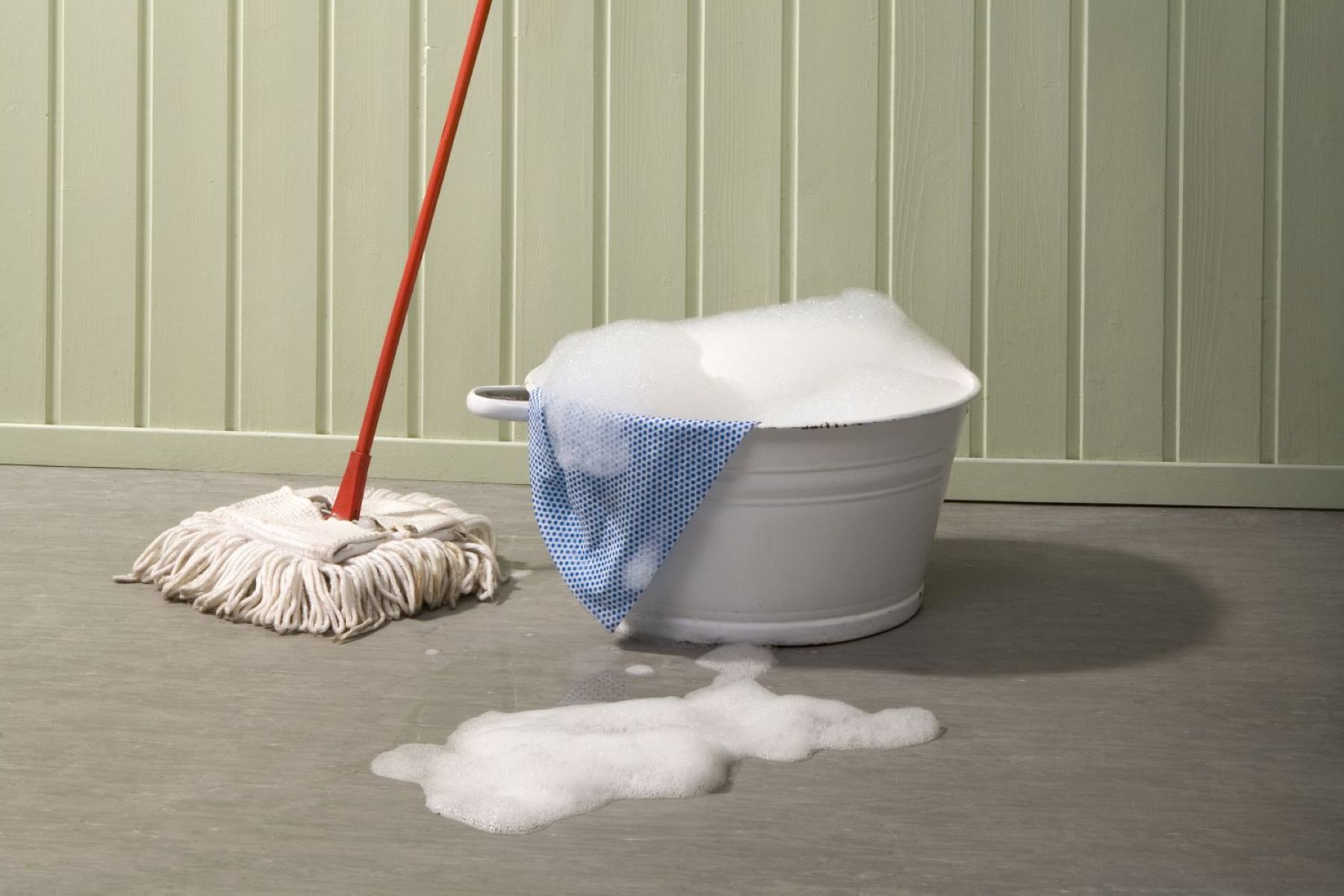

Cleaning Appliances
What Is The Best Thing To Mop Floors With
Modified: February 18, 2024
Discover the best cleaning appliances for mopping floors and keeping your home spotless. Find the most effective tools and techniques for a sparkling clean finish.
(Many of the links in this article redirect to a specific reviewed product. Your purchase of these products through affiliate links helps to generate commission for Storables.com, at no extra cost. Learn more)
Introduction
Introduction
Cleaning floors is an essential aspect of maintaining a healthy and hygienic living space. Whether you're a homeowner, a business owner, or a cleaning professional, the importance of effectively mopping floors cannot be overstated. However, with the plethora of mopping tools and techniques available today, it can be daunting to determine the best approach for achieving spotless and gleaming floors. In this comprehensive guide, we will explore the evolution of mopping methods, from traditional to modern solutions, and delve into the best mopping tools tailored for different floor types. By the end of this journey, you'll be equipped with the knowledge to make informed decisions and achieve remarkable cleaning results. So, let's dive in and uncover the secrets to pristine and sparkling floors!
Traditional Mopping Methods
Key Takeaways:
- Say goodbye to traditional mops! Embrace microfiber and steam mops for efficient, streak-free cleaning without the hassle of wringing and frequent water changes.
- Match your mop to your floor! Use microfiber for hardwood, steam for tile, and gentle spin mops for vinyl to achieve sparkling, damage-free floors.
Read more: What Mop Is Best For Laminate Flooring
Traditional Mopping Methods
Before the advent of modern cleaning technology, traditional mopping methods were the go-to approach for maintaining floors. One of the most common tools used in traditional mopping is the classic cotton string mop. This mop, typically paired with a bucket of water and cleaning solution, requires physical effort to wring out excess water and often leaves behind streaks and residue.
Another traditional mopping technique involves the use of sponge mops. These mops, featuring a sponge head attached to a handle, are designed to absorb and clean, but they can struggle with tough stains and grime buildup. Additionally, both cotton string and sponge mops can spread dirt and bacteria if not adequately sanitized between uses.
Furthermore, the traditional approach to mopping often involves using a standard mop and bucket, which requires frequent water changes to prevent spreading dirt and leaving behind a soapy residue. This process can be time-consuming and labor-intensive, especially when cleaning large areas.
Despite their limitations, traditional mopping methods have been effective to some extent. However, the evolution of mopping solutions has paved the way for more efficient and convenient alternatives that address the shortcomings of traditional tools and techniques. As we transition to explore modern mopping solutions, it’s important to recognize the challenges and inefficiencies associated with traditional methods, which have driven the demand for innovative cleaning technologies.
Modern Mopping Solutions
Modern Mopping Solutions
The evolution of mopping technology has ushered in a new era of cleaning efficiency and effectiveness. One of the most significant advancements in modern mopping solutions is the introduction of microfiber mops. These mops, featuring microfiber pads that effectively trap dirt and moisture, offer superior cleaning performance compared to traditional cotton string and sponge mops. The microfiber material is highly absorbent, making it ideal for tackling spills and stains without leaving streaks or residue behind.
Moreover, microfiber mops are designed to be reusable and machine washable, promoting sustainability and cost-effectiveness while reducing the environmental impact of disposable cleaning materials. Their ability to attract and retain dust and debris makes them a valuable asset in maintaining indoor air quality, especially for individuals with allergies or respiratory sensitivities.
Another notable innovation in modern mopping solutions is the advent of steam mops. These cutting-edge mops harness the power of steam to sanitize and disinfect floors, eliminating the need for chemical cleaning agents. Steam mops are particularly effective for removing stubborn stains and killing germs and bacteria, making them a preferred choice for households and commercial settings that prioritize hygiene and safety.
Furthermore, the emergence of automated robotic mops has revolutionized the cleaning industry, offering hands-free convenience and precise cleaning performance. These autonomous mopping devices are equipped with advanced sensors and intelligent navigation systems, allowing them to navigate and clean floors with minimal supervision. Robotic mops are especially beneficial for maintaining consistently clean floors in high-traffic areas and busy environments.
As modern mopping solutions continue to evolve, the emphasis on user-friendly designs, eco-friendly materials, and enhanced cleaning capabilities underscores the commitment to elevating the mopping experience. By embracing these innovative technologies, individuals and businesses can streamline their cleaning routines while achieving exceptional cleanliness and hygiene standards.
Best Mopping Tools for Different Floor Types
A mixture of warm water and vinegar is an effective and natural solution for mopping floors. It is safe for most floor types and helps to remove dirt and grime without leaving behind a residue.
Best Mopping Tools for Different Floor Types
When it comes to selecting the best mopping tools for different floor types, it’s essential to consider the specific cleaning requirements and characteristics of each surface. Here’s a comprehensive guide to the most suitable mopping tools for various floor types:
- Hardwood Floors: For hardwood floors, a microfiber mop is highly recommended due to its gentle yet effective cleaning performance. Microfiber pads are gentle on wood surfaces and adept at capturing dust and debris without causing scratches or damage. Additionally, using a damp microfiber mop paired with a wood floor cleaner can help maintain the natural luster and beauty of hardwood floors.
- Tile and Grout: Cleaning tile and grout requires a mopping tool capable of reaching into the grout lines to remove embedded dirt and grime. A steam mop with specialized grout-cleaning attachments can effectively sanitize tile floors while rejuvenating grout lines. The power of steam helps dissolve tough stains and eliminates bacteria, resulting in revitalized and hygienic tile surfaces.
- Laminate Flooring: When cleaning laminate flooring, it’s important to avoid excessive moisture that can seep into the seams and cause damage. A microfiber mop with a misting spray feature is ideal for laminate floors, as it allows for controlled moisture application. Additionally, using a pH-neutral laminate floor cleaner with the microfiber mop ensures gentle yet thorough cleaning without compromising the integrity of the laminate surface.
- Vinyl and Linoleum: Vinyl and linoleum floors benefit from the versatility of microfiber mops, as they effectively remove dirt and grime while minimizing the use of water. For deeper cleaning, a dual-action spin mop with a gentle cleaning solution can provide enhanced stain removal without leaving excess moisture on the floor. This approach helps preserve the resilience and longevity of vinyl and linoleum surfaces.
- Stone and Tile: Natural stone and tile floors require specialized care to maintain their appearance and durability. A pH-balanced stone floor cleaner used in conjunction with a microfiber mop is recommended for regular maintenance. In cases where deeper cleaning is necessary, a gentle scrubbing mop with soft bristles can effectively lift dirt from textured surfaces without causing scratches.
By selecting the appropriate mopping tools tailored to specific floor types, individuals can optimize the cleaning process while safeguarding the integrity and longevity of their floors. Understanding the unique cleaning needs of different surfaces empowers users to achieve exceptional results and preserve the beauty of their floors for years to come.
Conclusion
Conclusion
As we conclude this exploration of mopping methods and tools, it’s evident that the evolution of cleaning technology has revolutionized the way we maintain and care for our floors. From traditional mopping techniques to modern, innovative solutions, the emphasis on efficiency, effectiveness, and user convenience has reshaped the cleaning landscape.
While traditional mopping methods have served their purpose, the introduction of microfiber mops, steam mops, and robotic mopping devices has elevated the standards of cleanliness and hygiene. These advanced tools not only streamline the cleaning process but also deliver superior results, making them indispensable assets for homeowners, businesses, and cleaning professionals.
Furthermore, the recognition of the unique cleaning requirements of different floor types has led to the development of specialized mopping tools tailored to specific surfaces. Whether it’s hardwood, tile, laminate, vinyl, or stone floors, there are mopping solutions designed to optimize cleaning outcomes while preserving the integrity and beauty of each floor type.
As we look to the future, the continued innovation in mopping technology is poised to further enhance the cleaning experience, with a focus on sustainability, eco-friendliness, and intelligent cleaning capabilities. The integration of smart features, such as app-controlled mopping robots and eco-conscious cleaning materials, reflects a commitment to meeting the evolving needs and preferences of consumers in a rapidly changing world.
Ultimately, the best thing to mop floors with is a combination of cutting-edge mopping tools, informed cleaning techniques, and a touch of passion for maintaining a clean and healthy environment. By embracing the advancements in mopping technology and selecting the most suitable tools for specific floor types, individuals can achieve remarkable cleaning results while enjoying the benefits of enhanced convenience and sustainability.
So, whether you’re tidying up your home, maintaining a commercial space, or pursuing a career in the cleaning industry, the journey to pristine and sparkling floors begins with choosing the best mopping tools and techniques for the task at hand. With the right tools in your hands and the knowledge gained from this guide, you’re well-equipped to embark on a mopping adventure that promises cleanliness, comfort, and peace of mind.
Frequently Asked Questions about What Is The Best Thing To Mop Floors With
Was this page helpful?
At Storables.com, we guarantee accurate and reliable information. Our content, validated by Expert Board Contributors, is crafted following stringent Editorial Policies. We're committed to providing you with well-researched, expert-backed insights for all your informational needs.
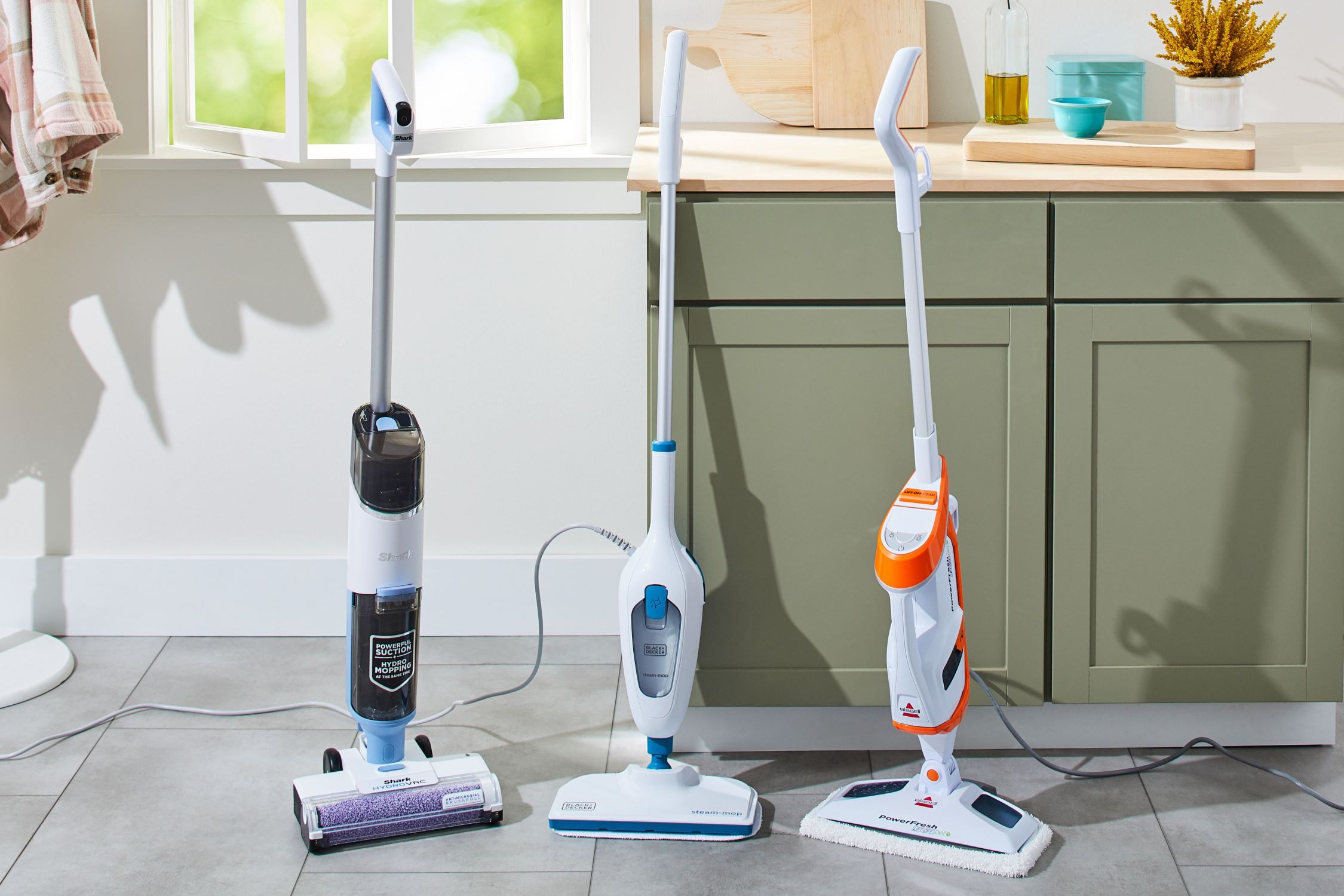
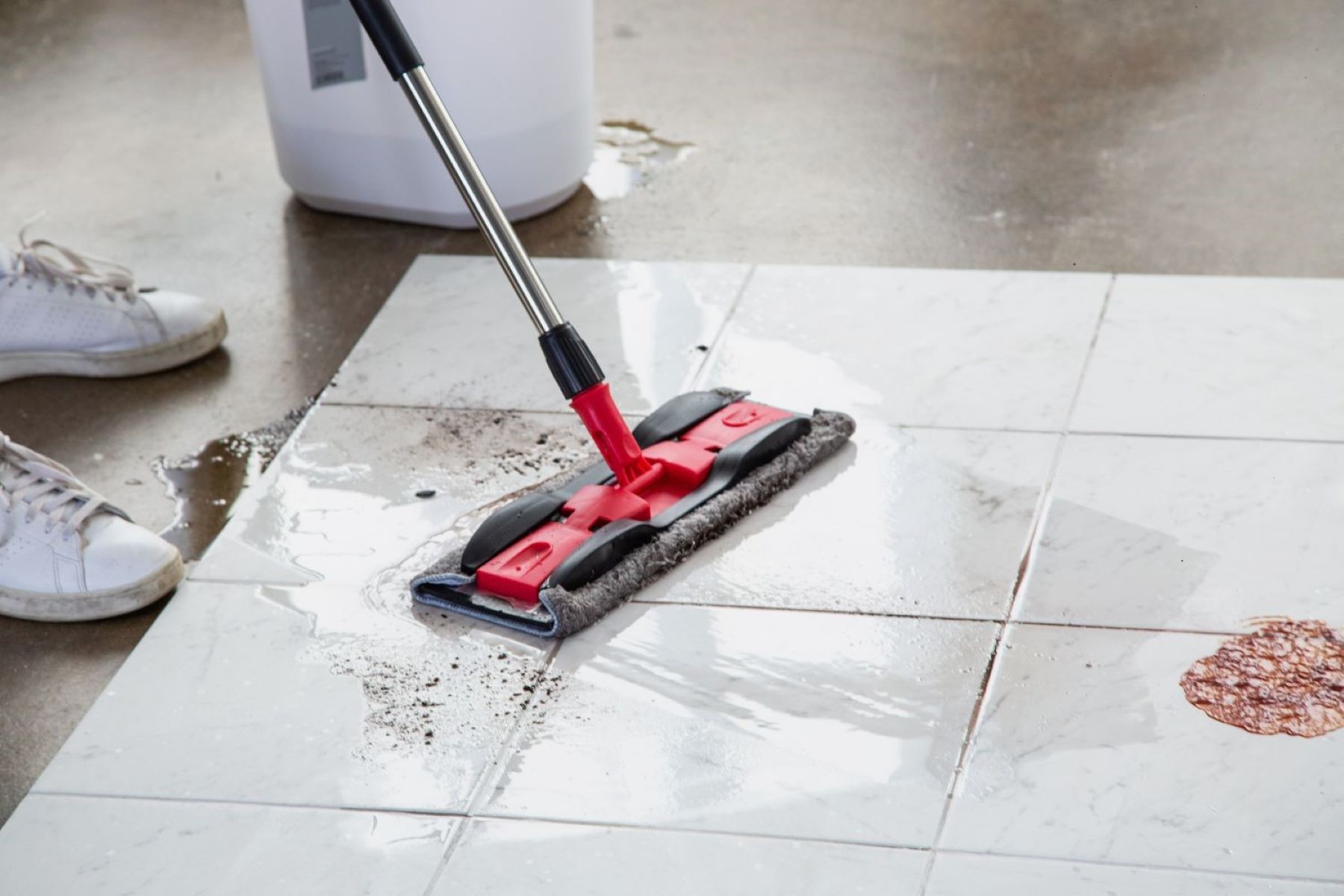
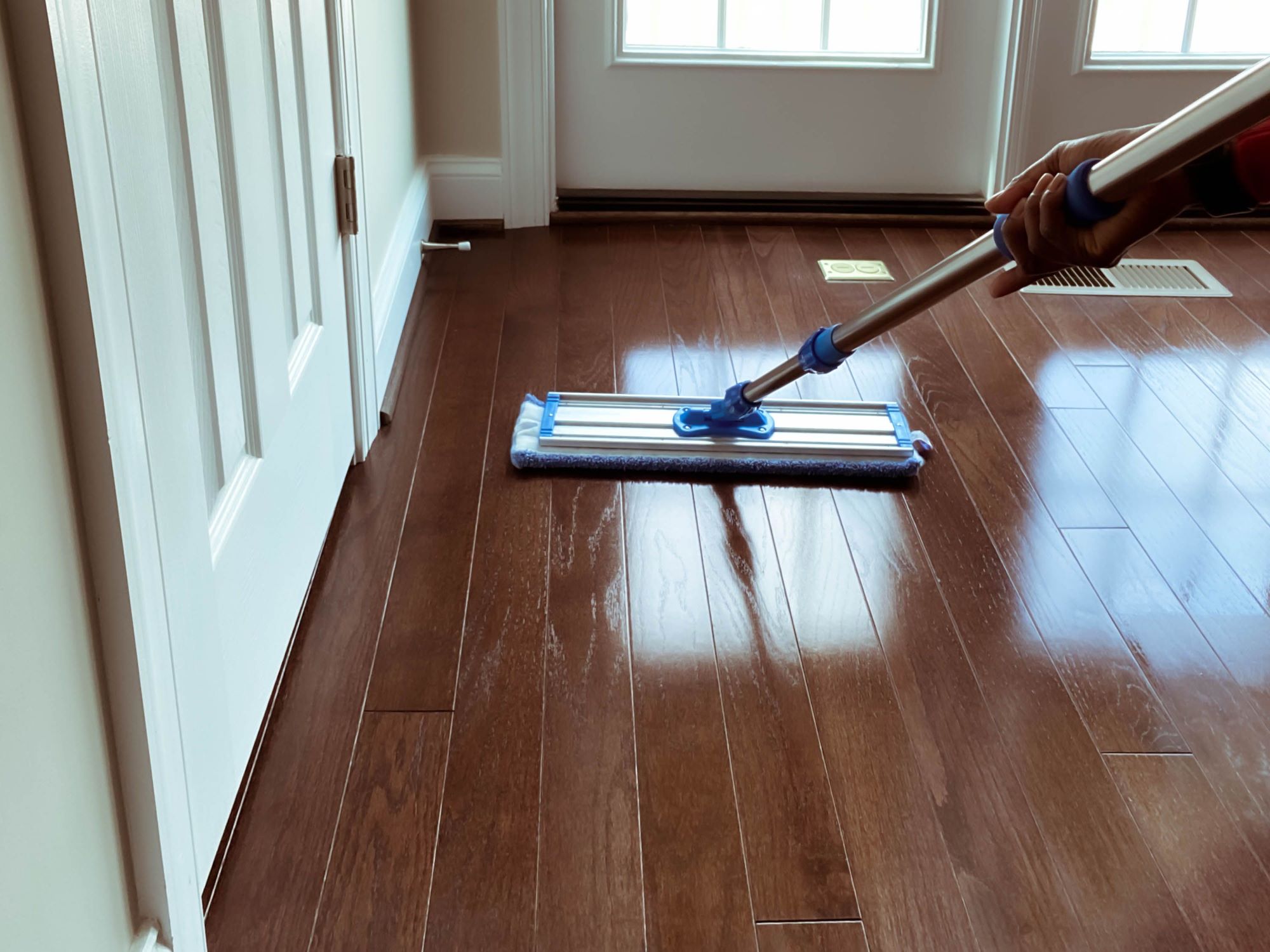
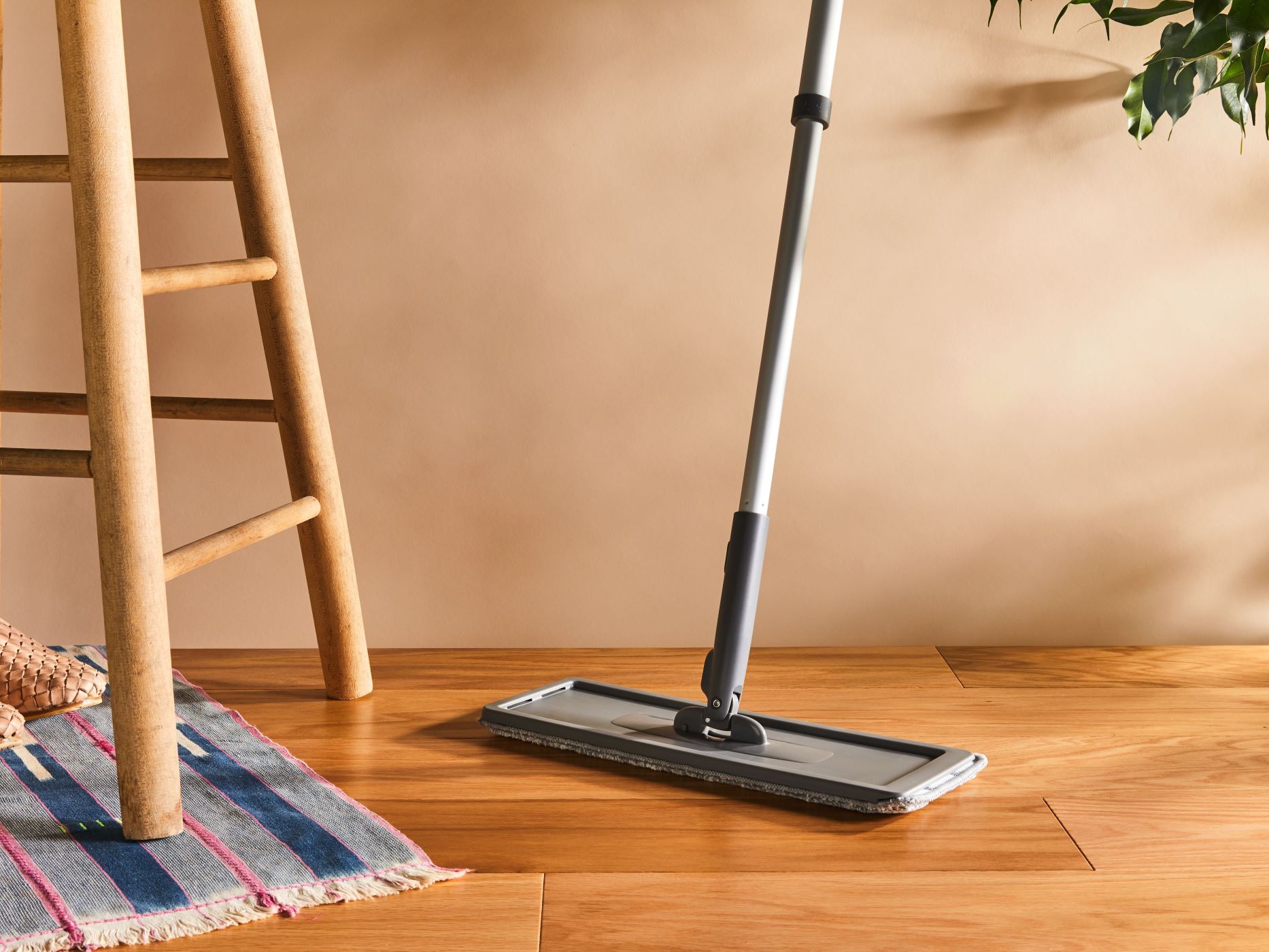
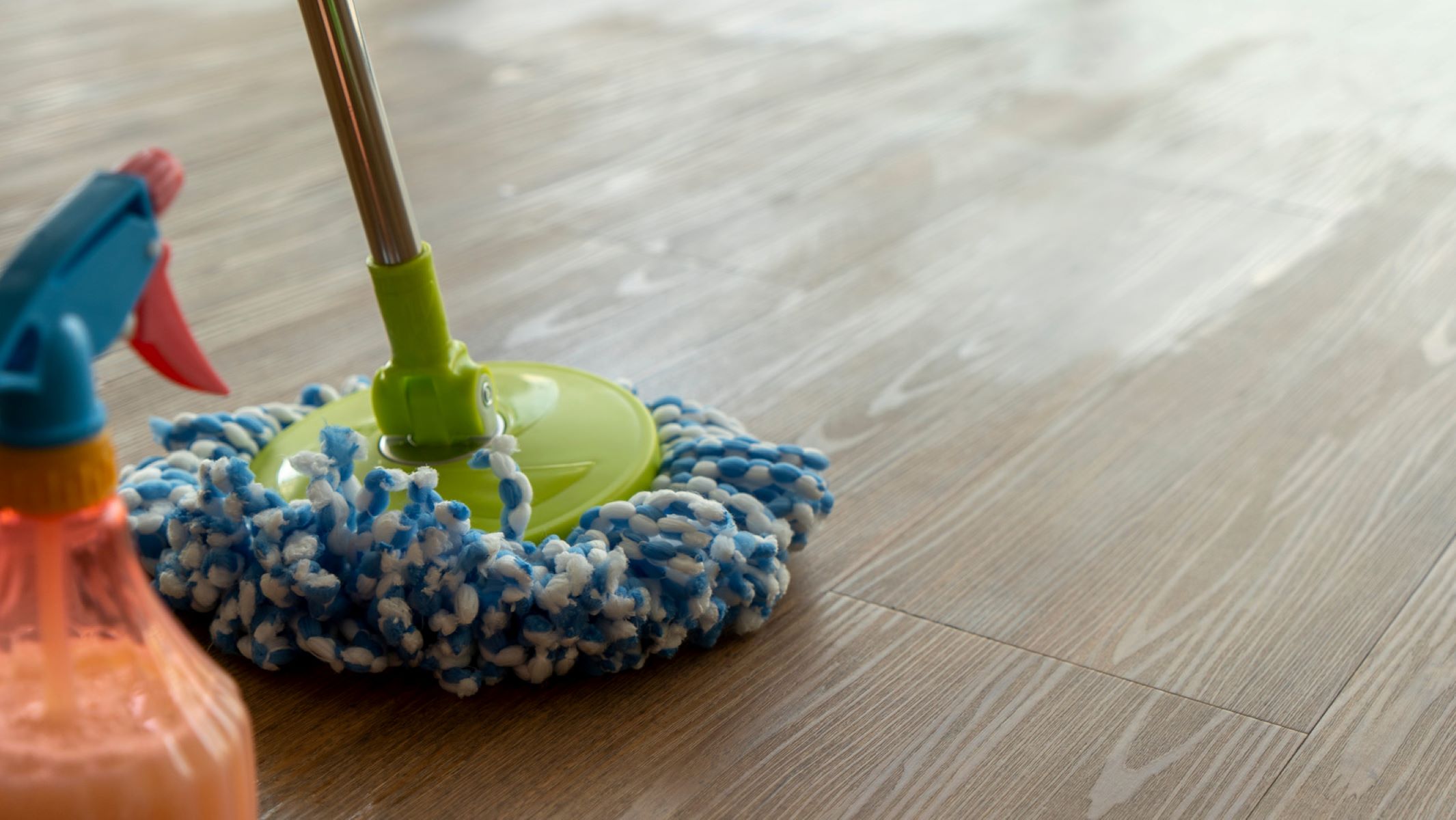
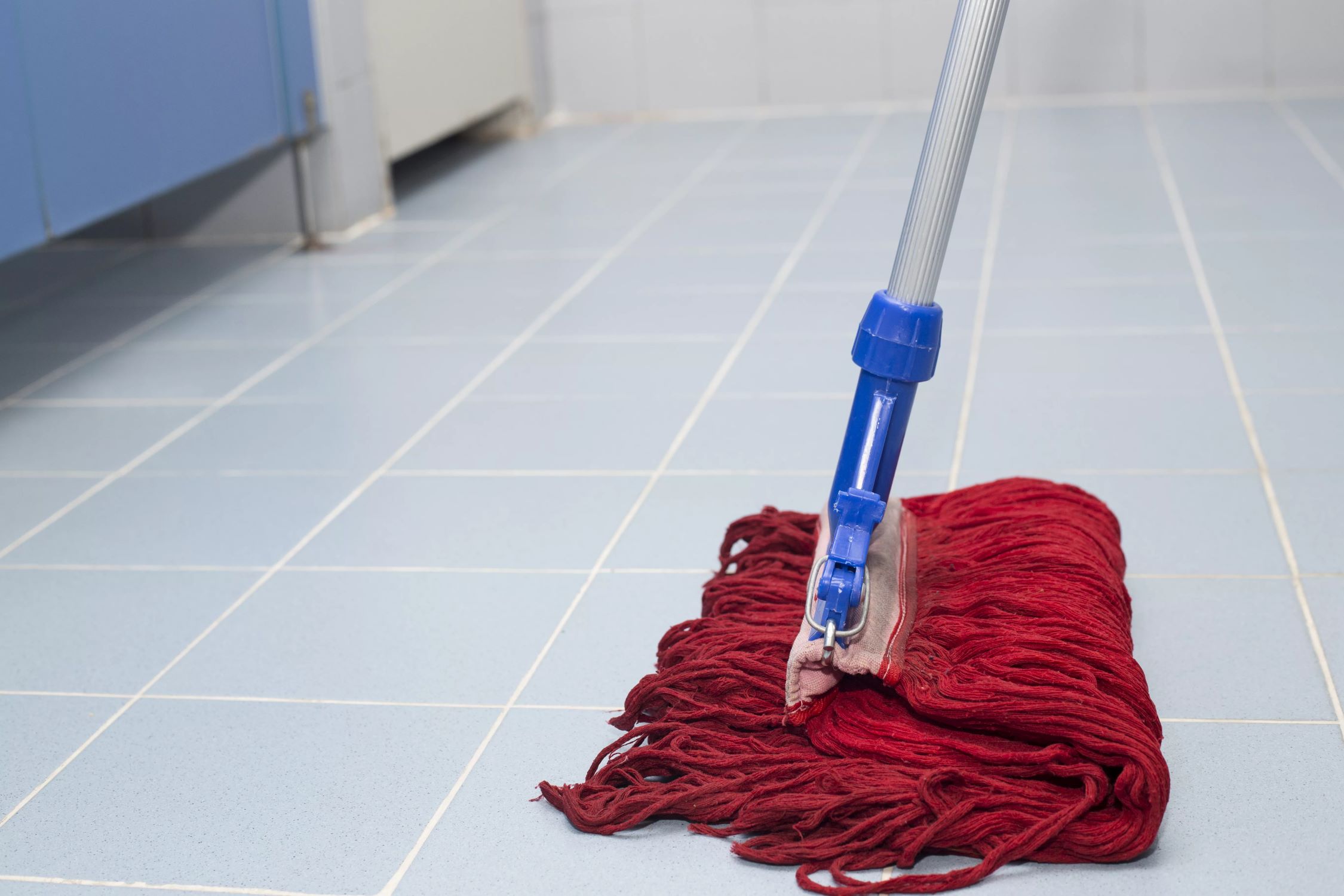
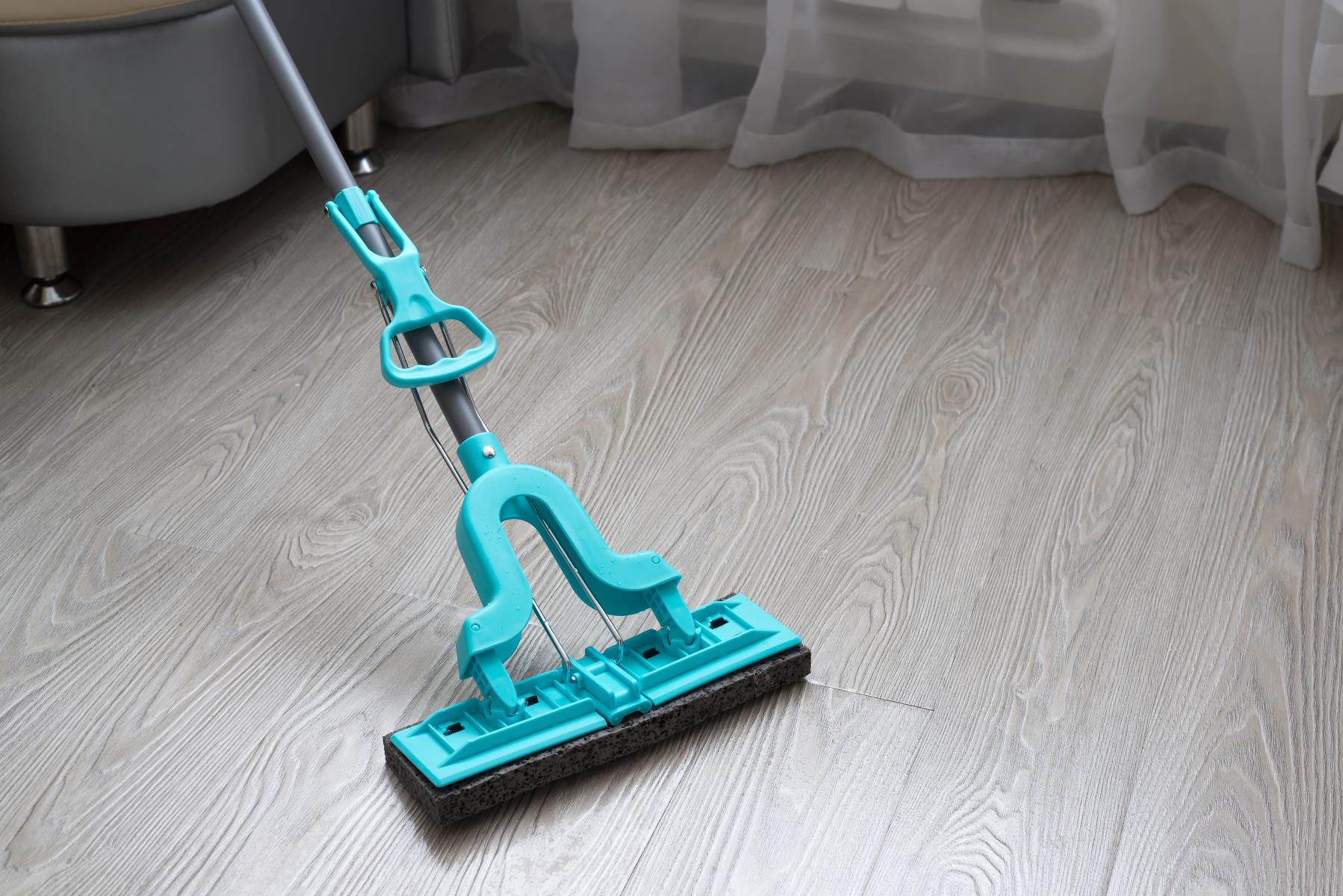
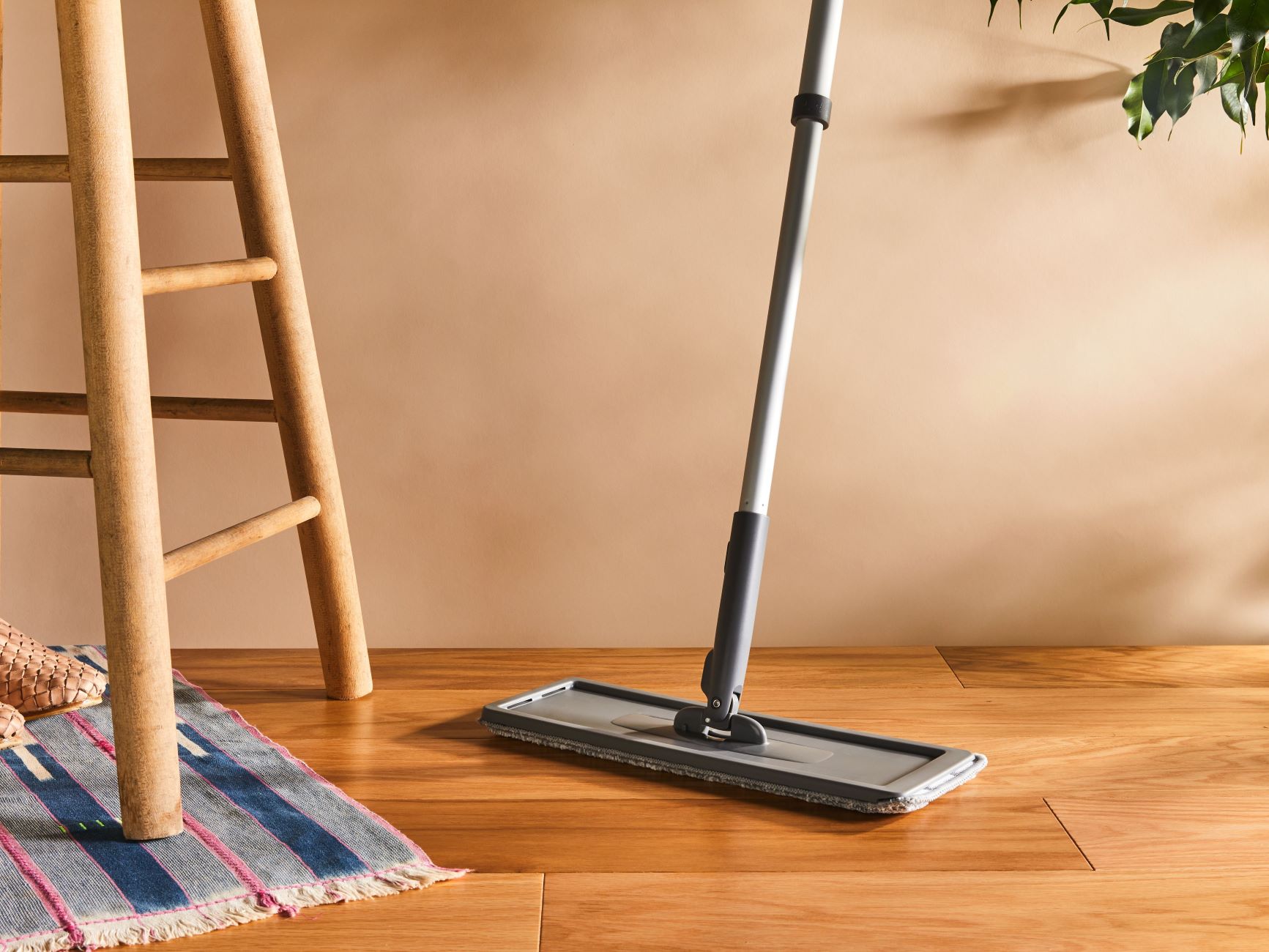
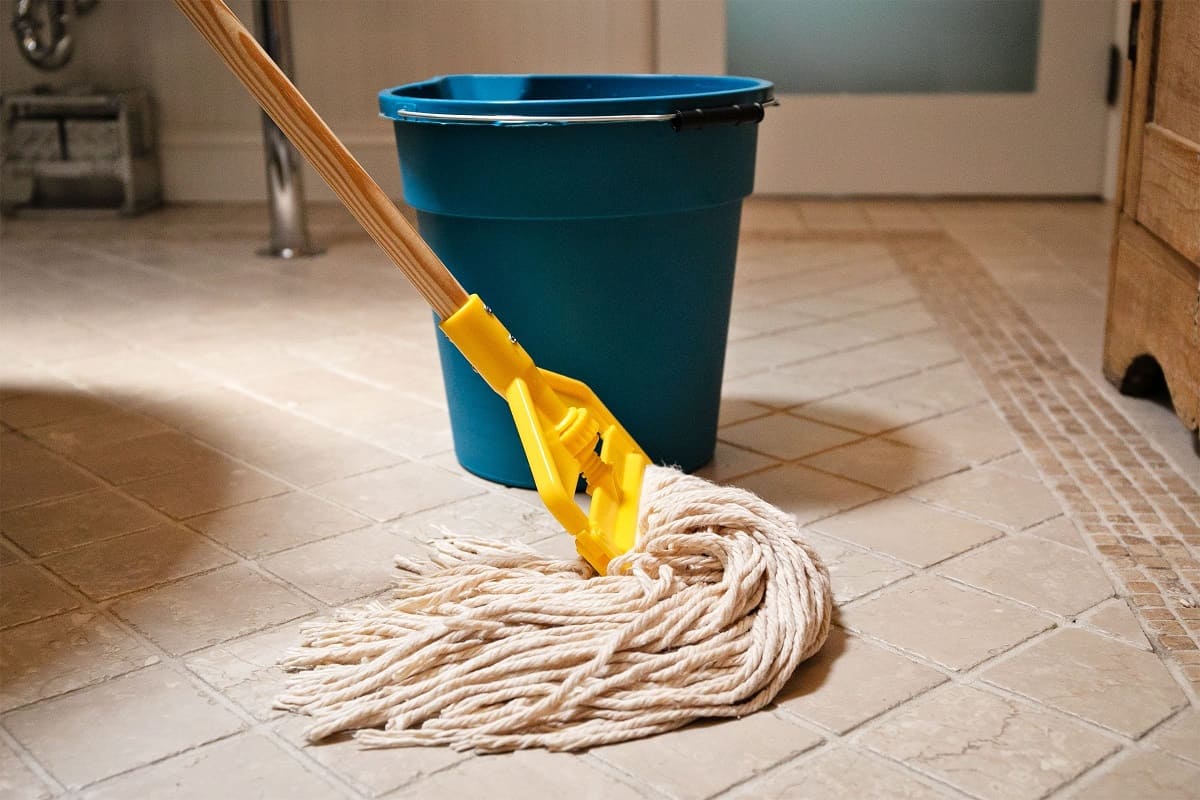
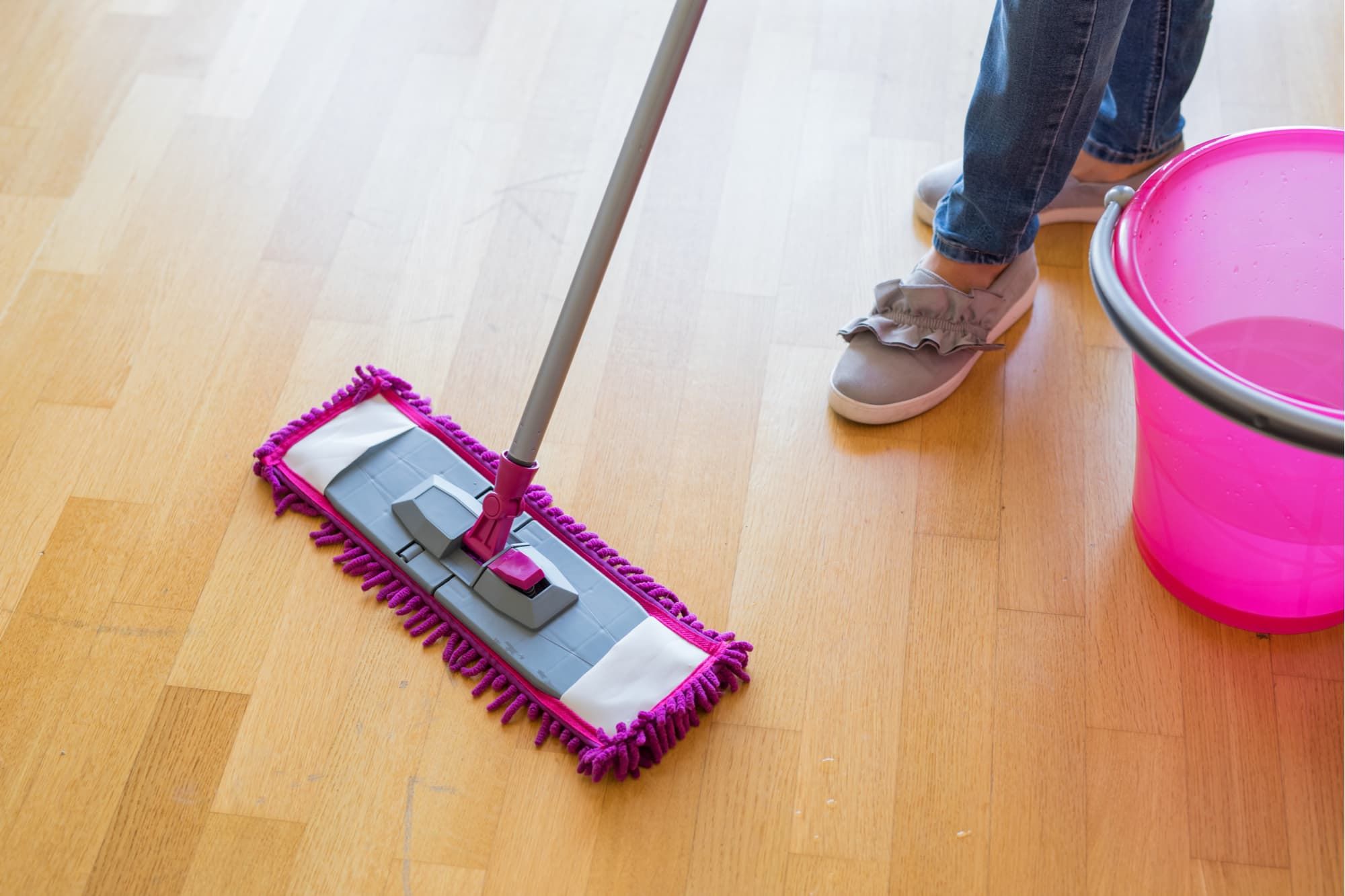
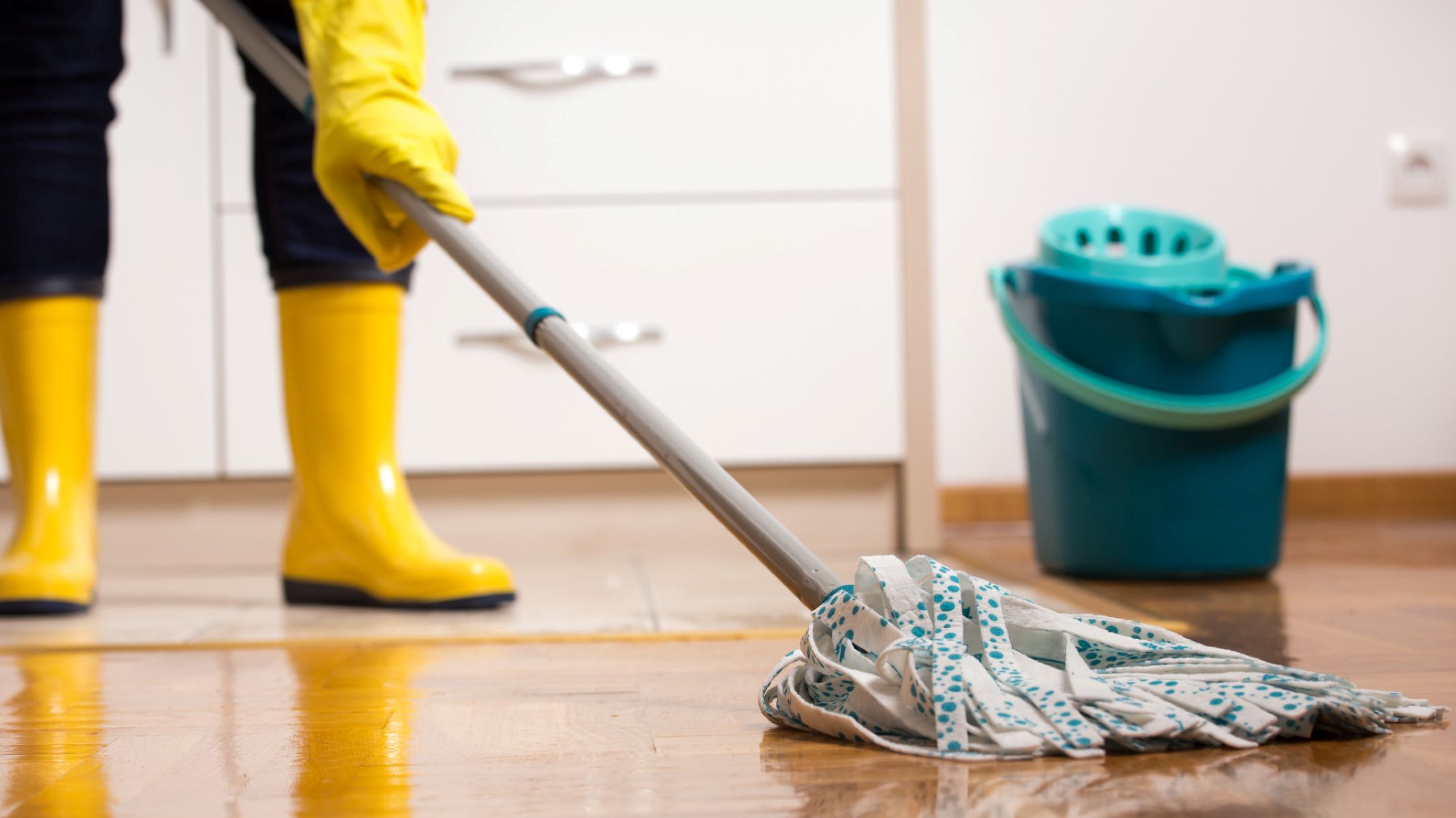
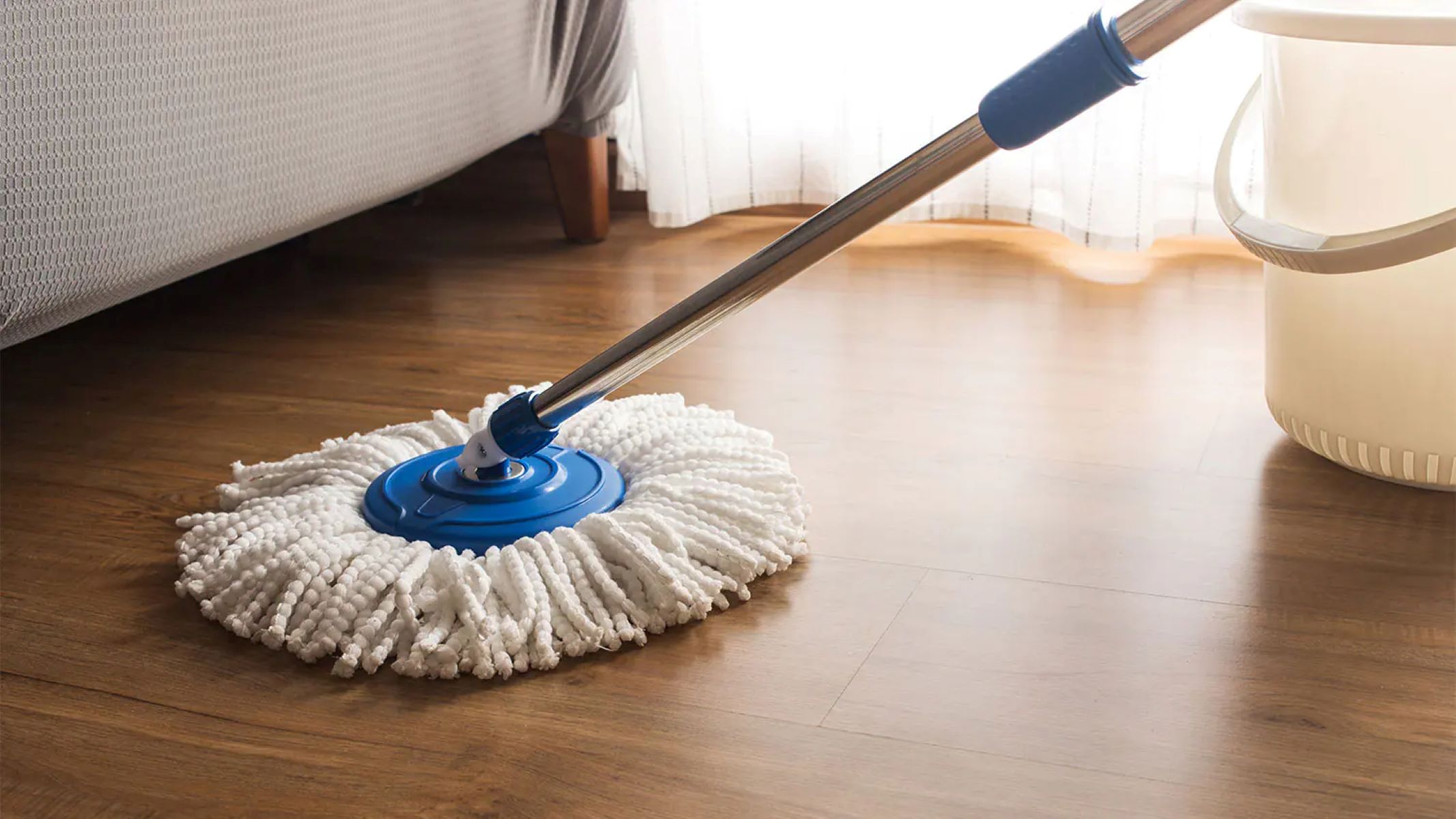
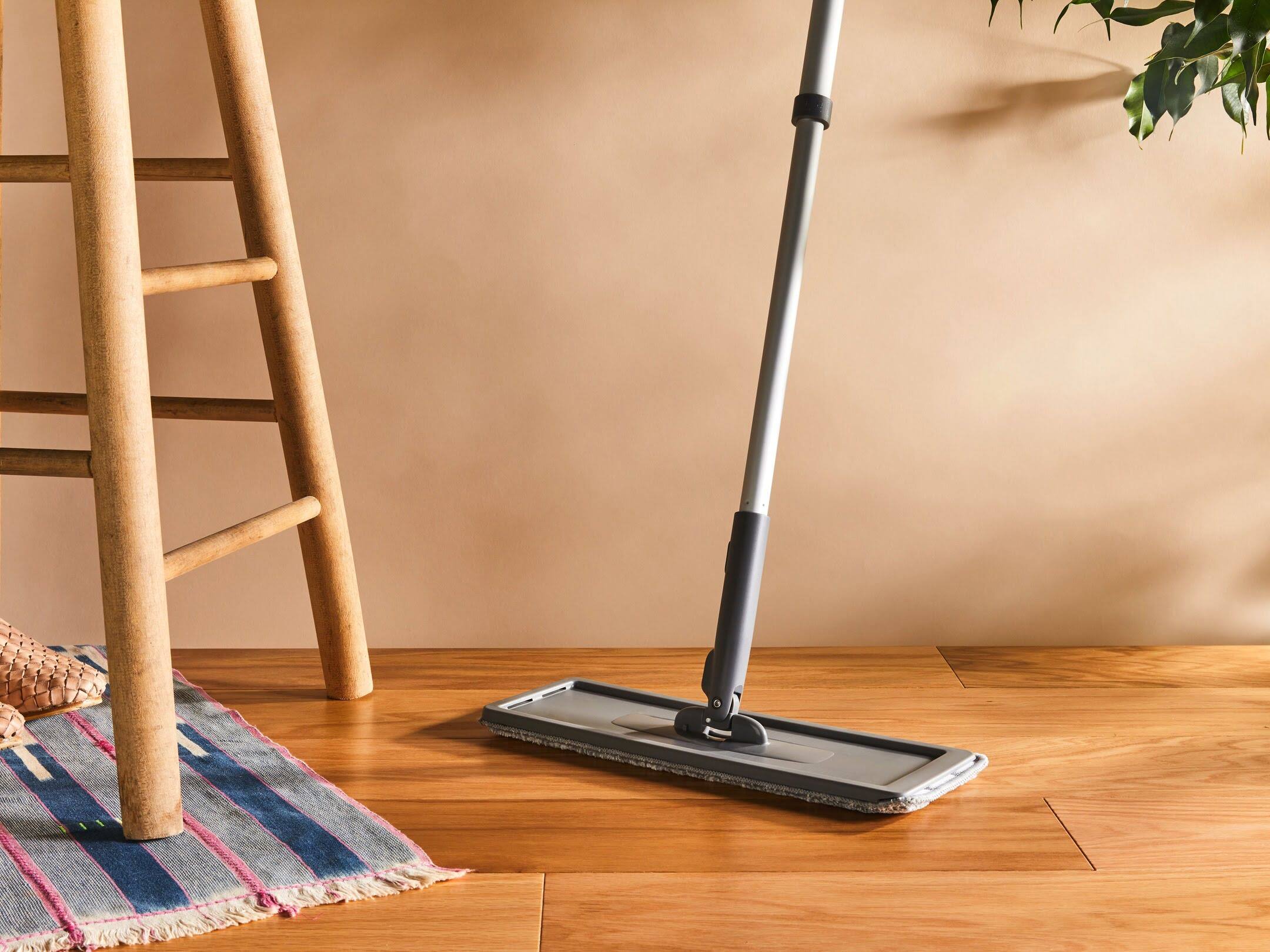
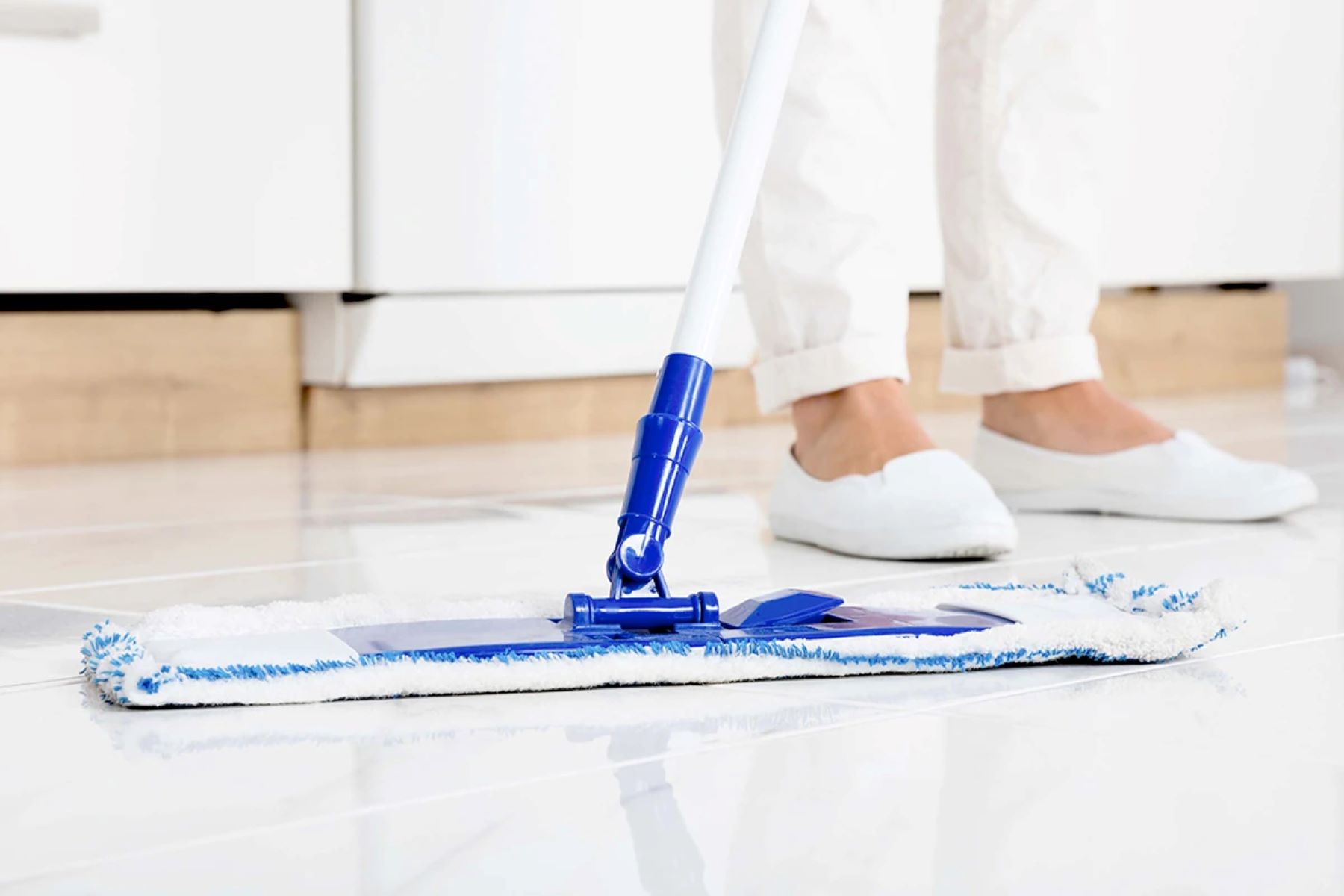
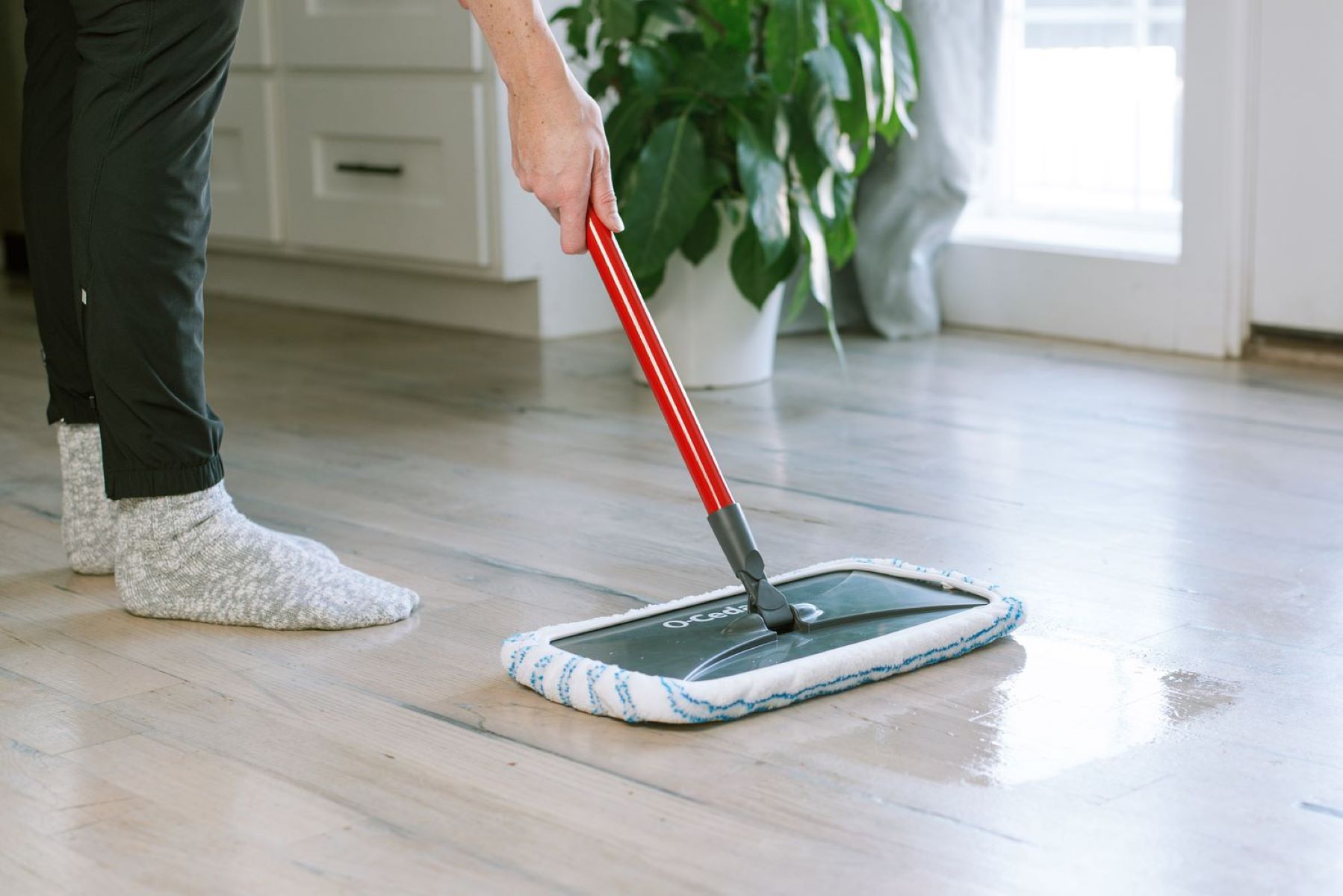

0 thoughts on “What Is The Best Thing To Mop Floors With”